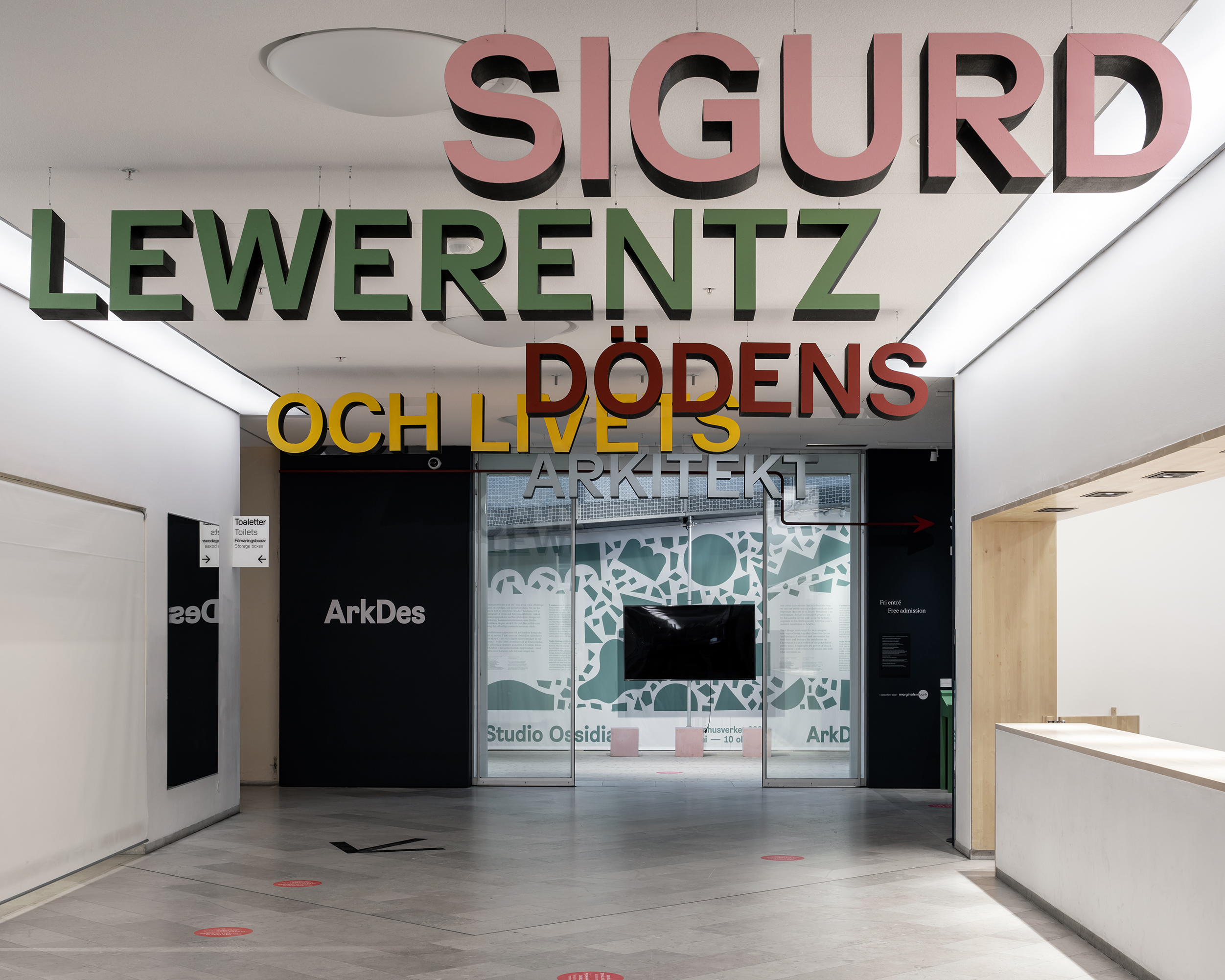In response to the explosion of international interest and research surrounding Sigurd Lewerentz (1885-1975), Sweden’s most renowned 20th Century architect, Petra Gipp and Mikael Olsson presents Freestanding – an exhibition in the Central Pavilion at Freespace, the 16th International Architecture Exhibition – La Biennale di Venezia.
Sigurd Lewerentz’s chapels are marked by an extraordinary imaginative synthesis of northern aesthetic traditions and burial practices in the context of a modernising world. He wrote and spoke little but in recent years his work has gripped the imaginations of a generation of architects who look to it for its power, symbolic range, and its poetic, experiential qualities.
Freestanding focuses on three canopies from three of Lewerentz’s most famous religious buildings: the Chapel of the Resurrection at the Woodland Cemetery (1925), Stockholm; the Chapels of St. Knut and St. Gertrud at the Eastern Cemetery, Malmö (1943); and St. Mark’s Church at Björkhagen, Stockholm (1960). Simple in form, these canopies are central to the ritual meaning of the buildings they correspond to, contributing significantly to the visual image of the churches they accompany. The three structures were completed across the span of Lewerentz’s career, each designed in a different architectural style to one another. Despite this stylistic diversity, they all create places for public life between the scales of the landscape and the interior.
Through drawings, photography, and large-scale models, Freestanding unfolds the spatial power of the canopies in the form of a three-act play: an inhabitable, sectional scenography and a fabric of experiences that suggest ways in which extra spatial gifts can form the heart of the experience of a place, a ritual, and a landscape.
Swedish architect Petra Gipp has designed three large-scale section models which allow for a unique reading of the canopies – how they make a place for people between the breadth of a landscape and the massiveness of a building. Gipp’s models are abstractions, suppressing scale and material in favour of spatial effects.
New photographs taken by Swedish artist Mikael Olsson show the three projects as living, contemporary scenographies. In dissecting and rearranging the structures and their surroundings, the photographs reveal new perspectives on their design. The pictures evoke movement and help to reveal how we perceive distance and intimacy through architectural gestures.
Sigurd Lewerentz’s drawings on display in Freestanding have never before been shown together. As a sequence, they help to establish the spatial narratives of the canopies, collectively and alone: perspectives that show how they mediate their respective landscapes and interiors, alongside plans, elevations and detail drawings that show the diagrammatic composition of these outdoor spaces and their relationship to the main body of the buildings.
See the exhibition at arkdes.se
Participants Petra Gipp and Mikael Olsson Collaborators Claudia Ortigas, Mateo Eiletz with Marica Petkovic Supporter ArkDes for FREESPACE (16th International Architecture Exhibition – La Biennale di Venezia)
May 26 — November 25, 2018
Room 12, Central Pavilion, Giardini della Biennale, Venice
Selected Press ArchDaily, e-flux Architecture, The Guardian, Drawing Matter, Financial Times, Metropolis
Sigurd Lewerentz: Architect of Death of Life opened at ArkDes in 2021 alongside a major new publication dedicated to the work and life of the architect.
